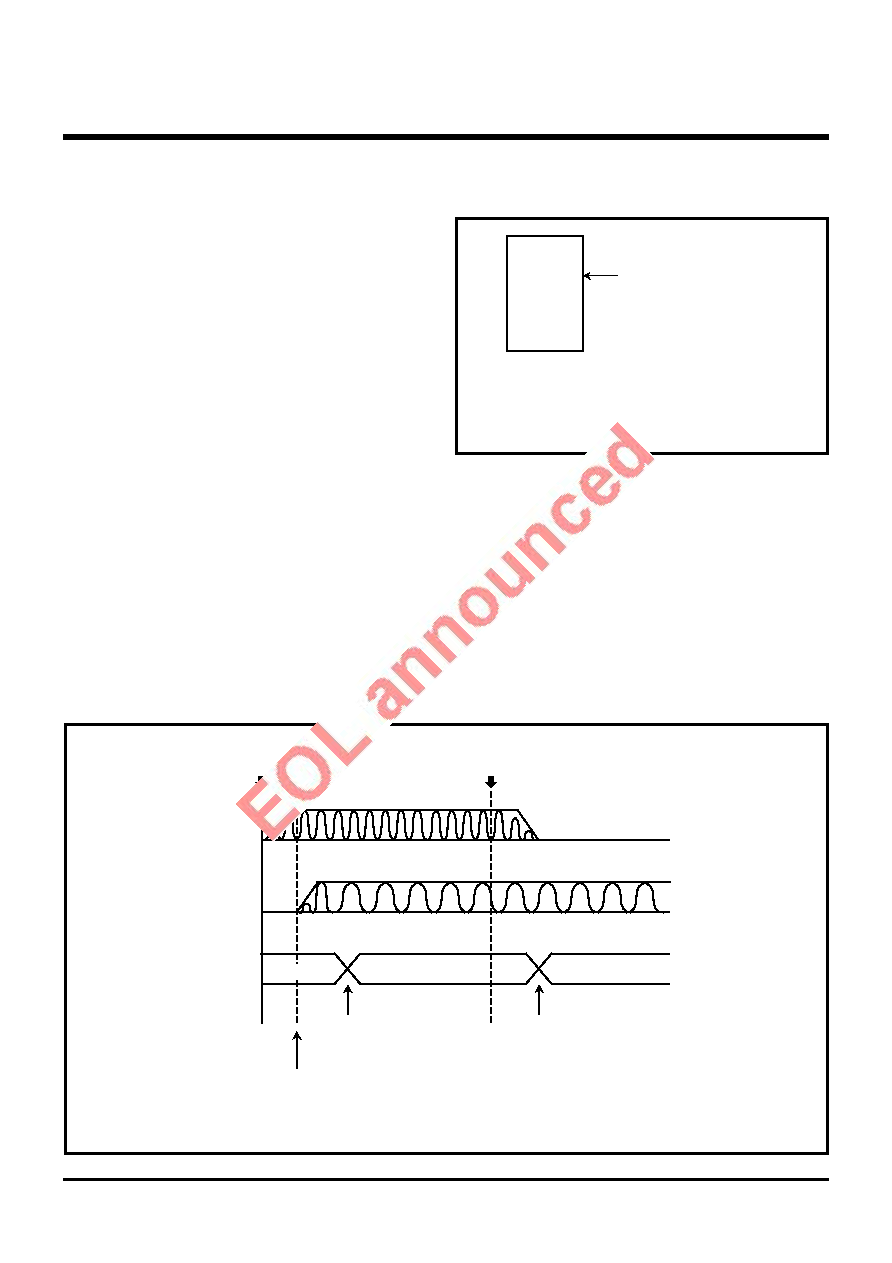- 您現(xiàn)在的位置:買賣IC網(wǎng) > PDF目錄45043 > M38198ECFS 8-BIT, UVPROM, 4.2 MHz, MICROCONTROLLER, CQCC100 PDF資料下載
參數(shù)資料
| 型號: | M38198ECFS |
| 元件分類: | 微控制器/微處理器 |
| 英文描述: | 8-BIT, UVPROM, 4.2 MHz, MICROCONTROLLER, CQCC100 |
| 封裝: | CERAMIC, LCC-100 |
| 文件頁數(shù): | 87/218頁 |
| 文件大小: | 2137K |
| 代理商: | M38198ECFS |
第1頁第2頁第3頁第4頁第5頁第6頁第7頁第8頁第9頁第10頁第11頁第12頁第13頁第14頁第15頁第16頁第17頁第18頁第19頁第20頁第21頁第22頁第23頁第24頁第25頁第26頁第27頁第28頁第29頁第30頁第31頁第32頁第33頁第34頁第35頁第36頁第37頁第38頁第39頁第40頁第41頁第42頁第43頁第44頁第45頁第46頁第47頁第48頁第49頁第50頁第51頁第52頁第53頁第54頁第55頁第56頁第57頁第58頁第59頁第60頁第61頁第62頁第63頁第64頁第65頁第66頁第67頁第68頁第69頁第70頁第71頁第72頁第73頁第74頁第75頁第76頁第77頁第78頁第79頁第80頁第81頁第82頁第83頁第84頁第85頁第86頁當(dāng)前第87頁第88頁第89頁第90頁第91頁第92頁第93頁第94頁第95頁第96頁第97頁第98頁第99頁第100頁第101頁第102頁第103頁第104頁第105頁第106頁第107頁第108頁第109頁第110頁第111頁第112頁第113頁第114頁第115頁第116頁第117頁第118頁第119頁第120頁第121頁第122頁第123頁第124頁第125頁第126頁第127頁第128頁第129頁第130頁第131頁第132頁第133頁第134頁第135頁第136頁第137頁第138頁第139頁第140頁第141頁第142頁第143頁第144頁第145頁第146頁第147頁第148頁第149頁第150頁第151頁第152頁第153頁第154頁第155頁第156頁第157頁第158頁第159頁第160頁第161頁第162頁第163頁第164頁第165頁第166頁第167頁第168頁第169頁第170頁第171頁第172頁第173頁第174頁第175頁第176頁第177頁第178頁第179頁第180頁第181頁第182頁第183頁第184頁第185頁第186頁第187頁第188頁第189頁第190頁第191頁第192頁第193頁第194頁第195頁第196頁第197頁第198頁第199頁第200頁第201頁第202頁第203頁第204頁第205頁第206頁第207頁第208頁第209頁第210頁第211頁第212頁第213頁第214頁第215頁第216頁第217頁第218頁

163
2. APPLICATION
MITSUBISHI MICROCOMPUTER
3819 Group
2.9 Clock generating circuit
3819 Group USER’S MANUAL
Power failure detection signal
Input port
(Note)
3819 group
Signal is detected by inputting
to each input port, interrupt
input pin, and analog input pin.
Note :
XIN
XCIN
Internal system
clock
f(XIN)/2
f(XCIN)/2
Change the internal
system clock to f(XIN)/2
(high-speed mode).
f(XIN)/8
Release reset
Detection of power failure
Selection of XCIN
oscillating function
After detecting a power
failure, change the internal
system clock to f(XCIN) and
stop operating of f(XIN).
(2) Counting without clock error during a power
failure
Outline : It keeps counting without clock errors
during a power failure.
Specifications :
Keep a power consumption as low as possible
while maintaining a clock function.
Keep counting a clock correctly.
f(XIN) = 4.19 MHz, f(XCIN) = 32.768 kHz
The Timer 1 interrupt is used in a normal power state.
The Timer 3 interrupt is used during a power failure.
Port processing
Input port : Fix to “H” or “L” level in the external
unit.
Output port : Fix to an output level which does not
cause a current flow to the external
unit.
[
Example]
When a circuit turns on LED at “L” output level, fix the output level to “H”.
I/O port : Input port — Fix to “H” or “L” level in the external unit.
Output port — Output the data which does not consume current.
VREF : Supplying to the Reference voltage input pin is stopped by the external circuit.
P45/ZCR (using as the input port) : Fix to “H” level in the external unit.
Figure 2.9.15 shows a timing chart of counting without clock errors during a power failure, Figure 2.9.16 shows a
structure of a clock counter, and Figures 2.9.17 and 2.9.18 show a setting of related registers.
Fig. 2.9.15 Timing chart of counting without clock errors during a power failure
Fig. 2.9.14 Connection diagram [Counting without
clock errors during a power failure]
相關(guān)PDF資料 |
PDF描述 |
|---|---|
| M38199MF-XXXFP | 8-BIT, MROM, 4.2 MHz, MICROCONTROLLER, PQFP100 |
| M38199EFFP | 8-BIT, OTPROM, MICROCONTROLLER, PQFP100 |
| M38198EC-XXXFP | 8-BIT, OTPROM, MICROCONTROLLER, PQFP100 |
| M38199MF-XXXKP | 8-BIT, MROM, MICROCONTROLLER, PQFP100 |
| M38198MC-XXXKP | 8-BIT, MROM, MICROCONTROLLER, PQFP100 |
相關(guān)代理商/技術(shù)參數(shù) |
參數(shù)描述 |
|---|---|
| M38198MCA809 | 制造商:Panasonic Industrial Company 功能描述:IC |
| M38198MCA824 | 制造商:Panasonic Industrial Company 功能描述:IC |
| M38198MCA827 | 制造商:Panasonic Industrial Company 功能描述:IC |
| M38199MF072F | 制造商:Panasonic Industrial Company 功能描述:IC |
| M38199MF210F | 制造商:Panasonic Industrial Company 功能描述:IC |
發(fā)布緊急采購,3分鐘左右您將得到回復(fù)。